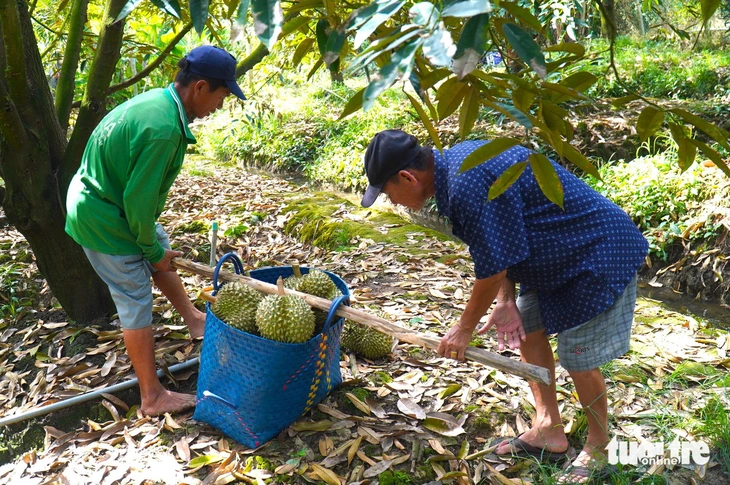
Durian in the Western provinces - Photo: MAU TRUONG
In recent years, the agricultural sector has made important strides in connecting production with the market. However, many farmers are still ignorant of information and produce according to temporary price signals. When the market reverses, farmers suffer all kinds of losses.
The question remains: "What to plant and what to raise this year?"
"What to plant and what to raise this year?" is a question many farmers ask each other. Most people still "bet" on their rice fields, gardens, and fish ponds. They listen to price information from traders, acquaintances, or social networks, then decide to produce based on their feelings.
When durian, coffee, dragon fruit, oranges, sugar cane or tra fish have good prices, people rush to grow and raise them; when the market turns around, they cut down the crops, "hang up the ponds", and abandon the fields.
The vicious cycle of "planting - cutting - raising - hanging" has not ended, even though the agricultural sector has talked a lot about green transformation, raw material areas, growing area codes or traceability.
Hau Giang province (now part of Can Tho) had the largest sugarcane growing area in the country with more than 15,000 hectares, now only a few hectares remain.
The "catfish capital" once exported more than 2 billion USD, but one year the price dropped, causing many farmers to "hang up their ponds". The "dream of exporting 10 billion USD worth of shrimp" is still a dream.
The underlying cause is that market information reaching farmers is slow and fragmented.
In reality, farmers lack information and skills to analyze the market. Most of them still produce based on experience and hearsay, not on data or forecasts. They produce a lot of goods but do not know who buys them, where, or at what price. When prices fall, farmers are often the ones who suffer.
Meanwhile, planning and forecasting are still rigid and slow to adapt. Many plans are still calculated by area and output without being closely linked to consumption. When prices increase, farmers rush to expand their areas, exceeding the planning. When prices decrease, they abandon them. The area of durian, orange, and catfish farming has all increased rapidly, exceeding the plan until 2030, while the preservation infrastructure and processing plants have not developed in time.
A paradox is that many plans are "drawn up and left there" without a mechanism for monitoring and flexible adjustment. When the market changes, the plan does not change, and farmers do not know what the plan says, where it is, or when it will be effective.
Reality also shows that the value chain is still loose. The farmer, the first link, is still the weakest in the chain. In the pangasius industry, farmers only enjoy about 10-20% of the value, while 70% of the cost lies in feed and veterinary medicine, most of which is held by foreign enterprises. When the price is good, farmers enjoy little; when the price falls, they bear all the losses.
Many association models were established and then… disintegrated due to the lack of binding mechanisms, lack of sharing of benefits and risks. The "disease" of oversupply has been diagnosed for many years, but the "cure" is still insufficient. We need to change the approach, from "what to plant, what to raise" to "producing what the market needs and making a profit".
Information reaching farmers should be like daily weather forecasts.
It is time to start an “information transformation” in agriculture, where farmers can no longer guess, but make decisions based on real data and real markets.
First of all, we need a transparent and accessible agricultural information system. The government, associations and businesses must work together to build digital maps of raw material areas, prices, seasons and market demand. Information must be updated regularly and disseminated via phones, apps and local radio stations - like daily weather forecasts.
Next, we must improve farmers' "digital literacy". Agricultural extension must not only stop at farming techniques, but also teach people how to read data, sign electronic contracts, sell on e-commerce platforms, and trace the origin of their own products.
When farmers own the information, they will no longer be led by traders or rumors.
Agricultural planning needs to be "digitalized" and more flexible. Instead of rigidly regulating acreage, raw material areas should be linked to processing plants, production should be linked to consumption, and there should be a flexible adjustment mechanism when the market fluctuates.
The 1 million hectare high-quality, low-emission rice field model associated with green growth being implemented in the Mekong Delta is a good example. There, farmers can not only sell rice but also sell carbon credits, develop agricultural tourism , and create new value from the same field.
Value chain linkages must be substantial. Cooperatives and cooperative groups need to be upgraded and have the capacity to negotiate, sign contracts, and share profits and risks. There needs to be a mechanism for banks, businesses, and farmers to sit at the same table, not each side going in a different direction.
When farmers are empowered by technology and "entrepreneurized", they will no longer be just employees of the market, but will become real subjects in the agricultural economy. They can calculate profits and losses, forecast prices, choose the time to sell, link exports, and protect the fruits of their labor by contracts and legal means, not by chance.
To achieve sustainable agriculture, we must first help farmers "open their eyes" to the market. When information is transparent, planning is flexible, close links and technology is available to farmers, the crop will no longer be a gamble.
Farmers who understand the market, know how to use data, and know how to think long-term are the only ones who can hope for modern agriculture and confidently step out into the world.
Source: https://tuoitre.vn/dua-thong-tin-den-nong-dan-phai-cap-nhat-thuong-xuyen-nhu-du-bao-thoi-tiet-2025102210220403.htm



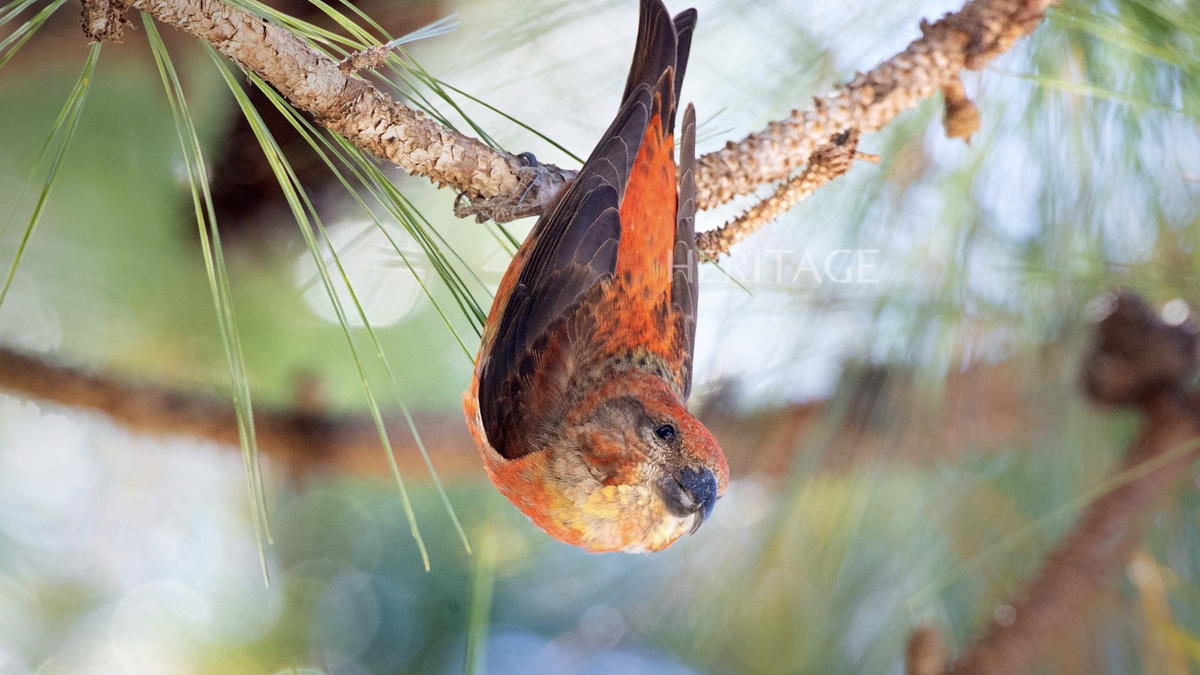
![[Photo] Prime Minister Pham Minh Chinh chairs meeting on nuclear power plant construction](https://vphoto.vietnam.vn/thumb/1200x675/vietnam/resource/IMAGE/2025/10/22/1761137852450_dsc-9299-jpg.webp)

![[Photo] Da Nang: Shock forces protect people's lives and property from natural disasters](https://vphoto.vietnam.vn/thumb/1200x675/vietnam/resource/IMAGE/2025/10/22/1761145662726_ndo_tr_z7144555003331-7912dd3d47479764c3df11043a705f22-3095-jpg.webp)
![[Photo] Award Ceremony of the Political Contest on Protecting the Party's Ideological Foundation](https://vphoto.vietnam.vn/thumb/1200x675/vietnam/resource/IMAGE/2025/10/22/1761151665557_giaia-jpg.webp)






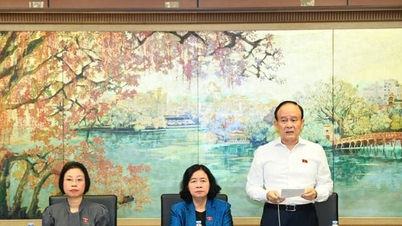

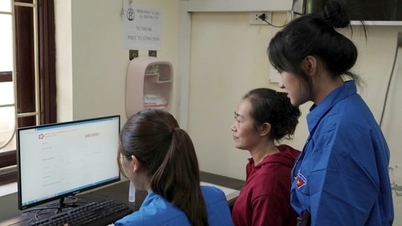




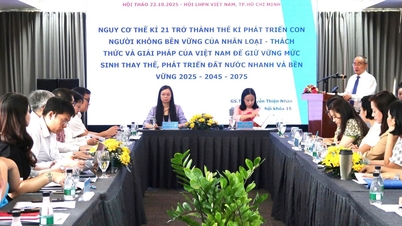
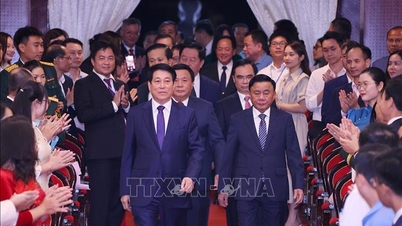

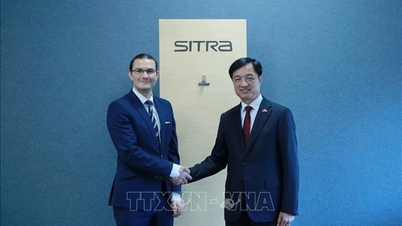





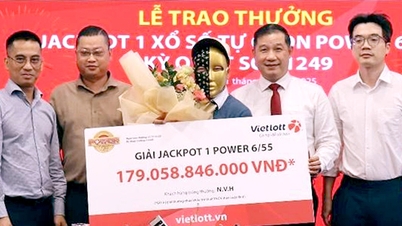




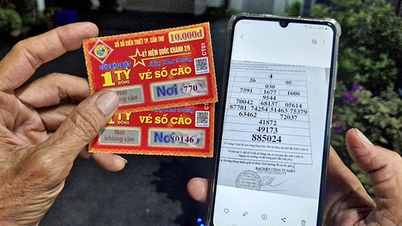



















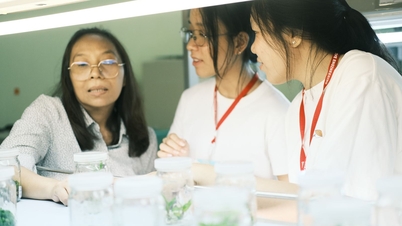
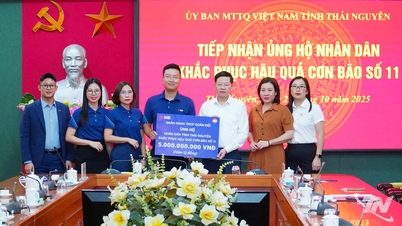

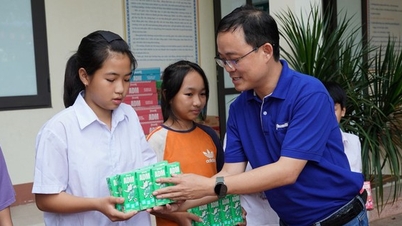
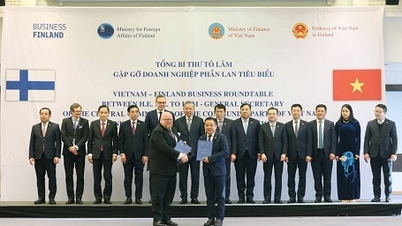

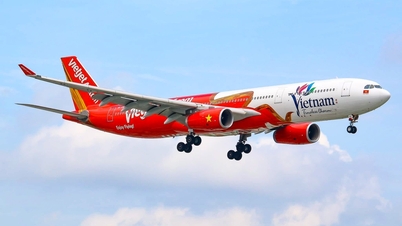
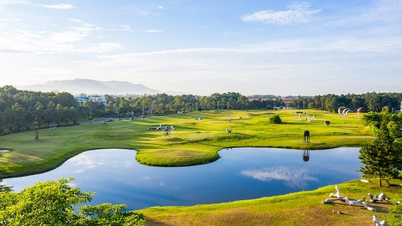








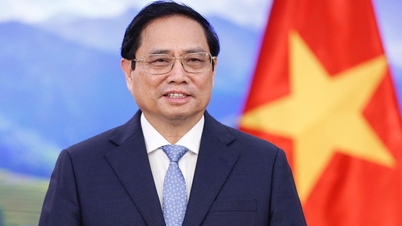


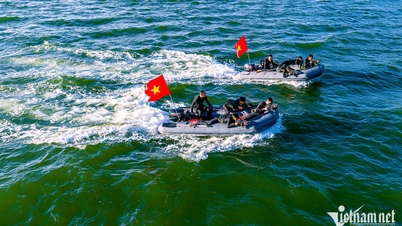
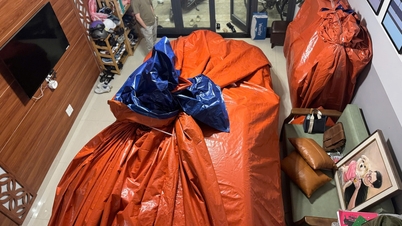
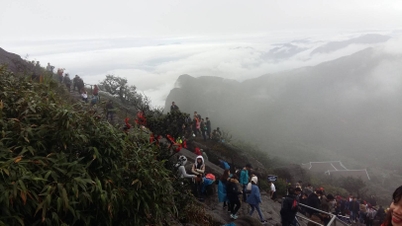

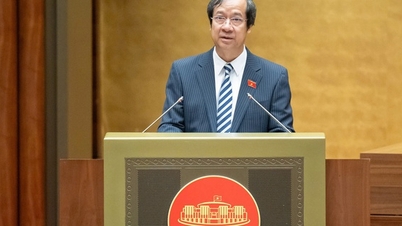


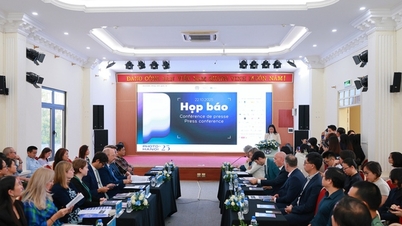
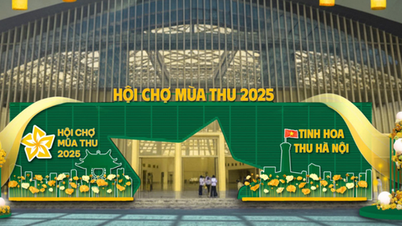
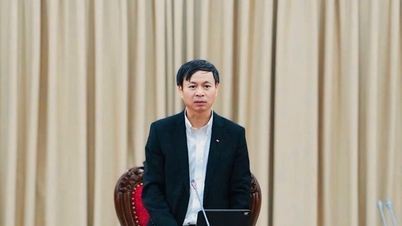


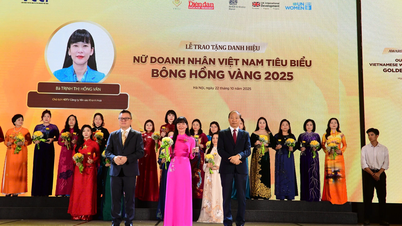

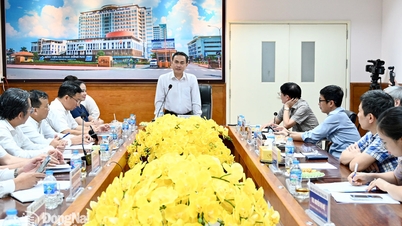



















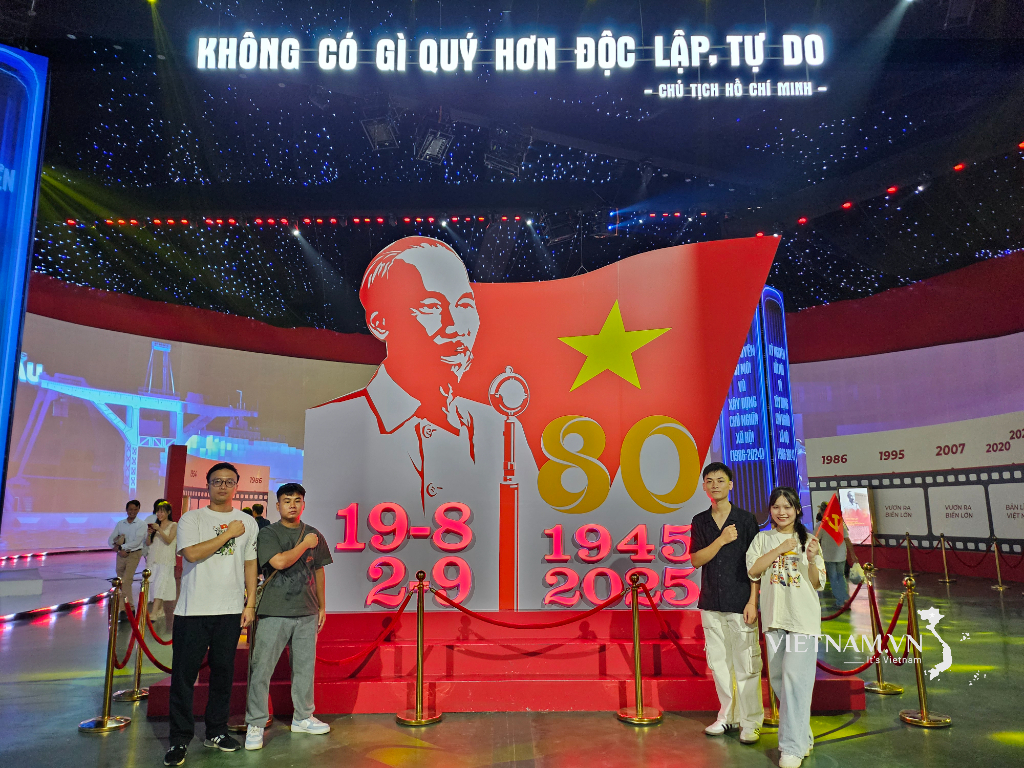
Comment (0)